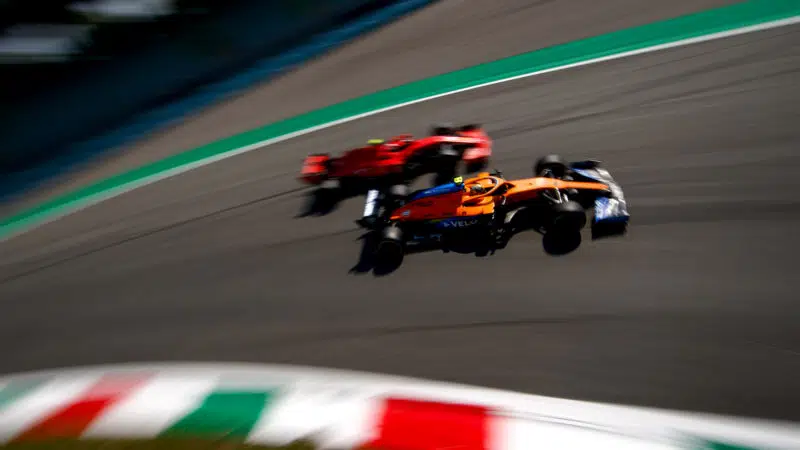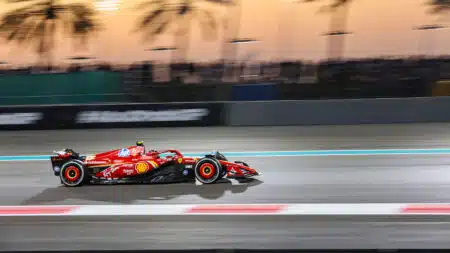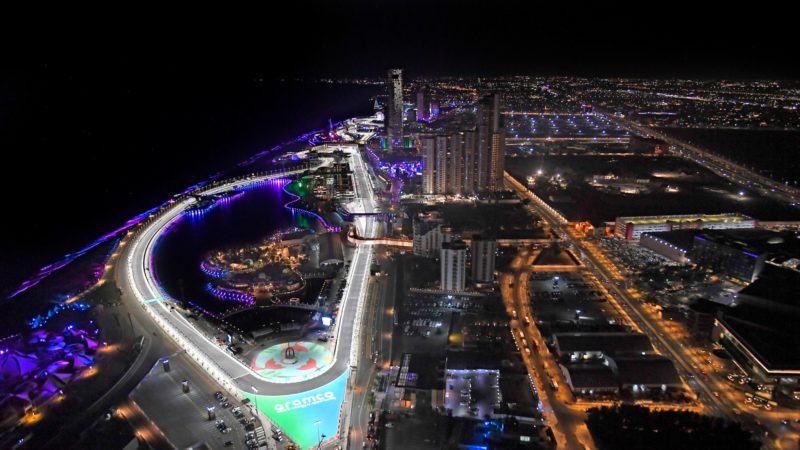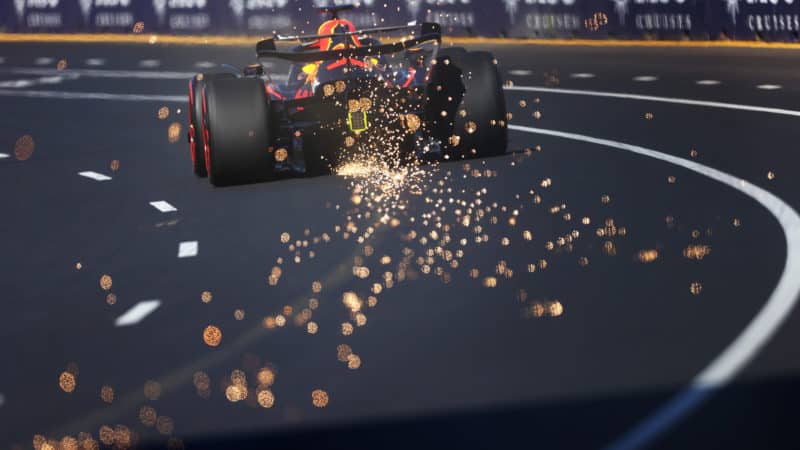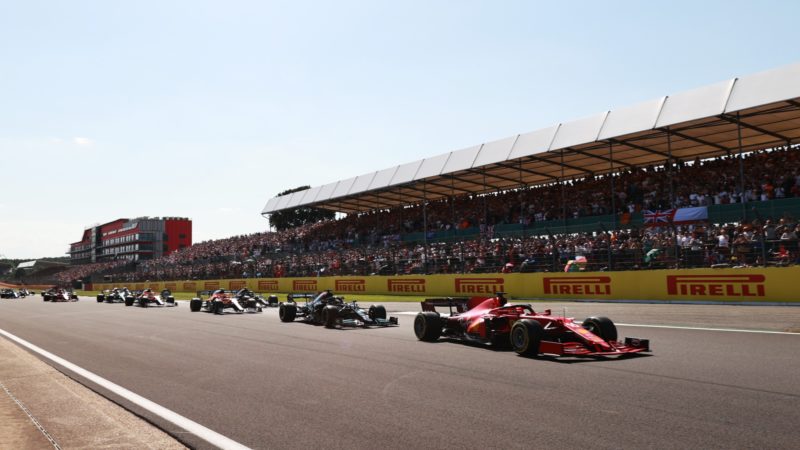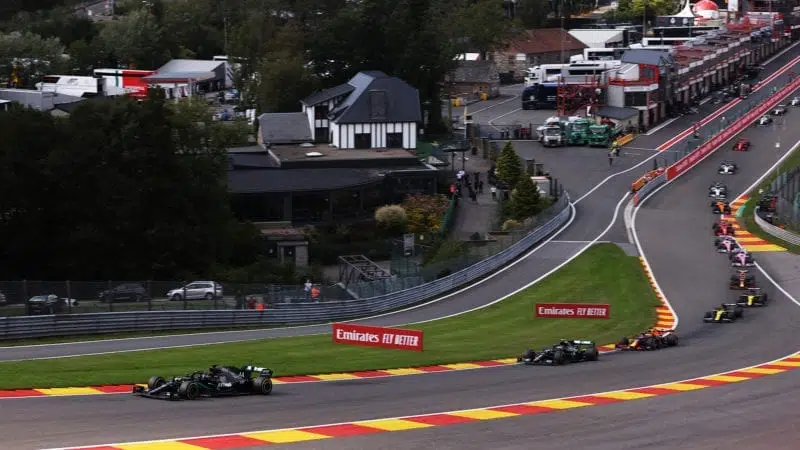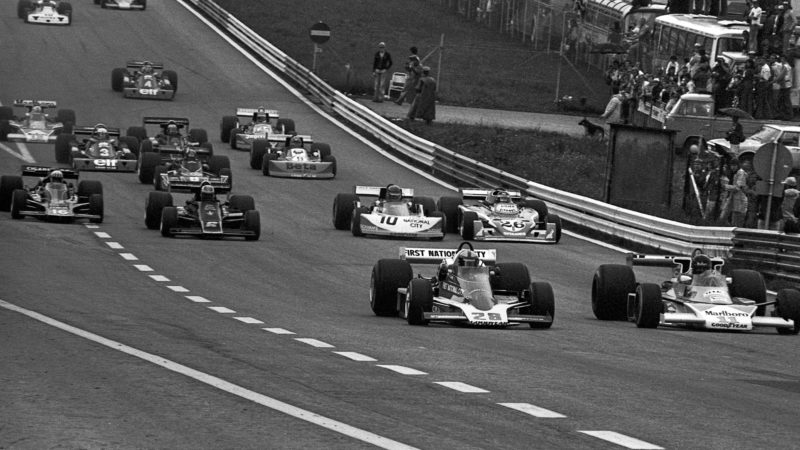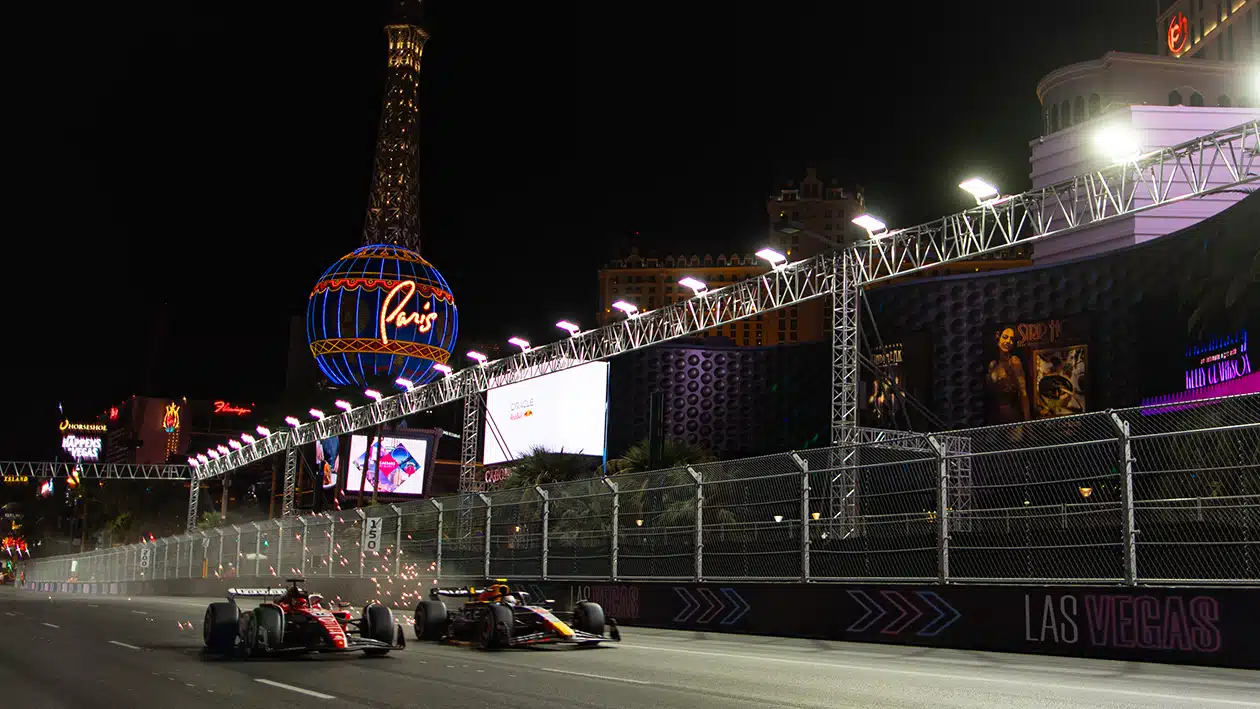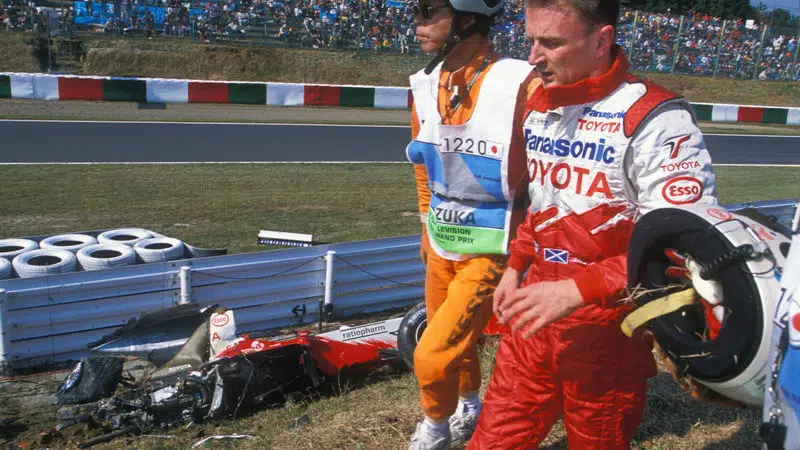The Saudi Arabian Grand Prix is now the second-fastest race on the F1 calendar, thanks to the flowing Jeddah circuit, and Las Vegas is also among the quickest events on the calendar, with a long straight where speeds reach 218mph.
We’ve ranked the circuits on the average speed per qualifying lap, based on the most recent session in 2024 or 2025 — unless these have been affected by weather.
We’ve also quoted top speed (the highest figure recorded in speed traps or at the end of intermediate sections), but this isn’t used to rank the circuits. That’s why you won’t see Mexico’s Autodromo Hermanos Rodrigues, where cars reach 225mph in the thin air, but average lap speed is low due to reduced cornering pace.
Here are grand prix racing’s greatest roller-coaster rides: the fastest eight circuits in F1.
1. Monza, Italy
-
Average speed (qualifying): 161.4mph (259.7km/h)
-
Top speed: 221.9mph (357.1km/h)
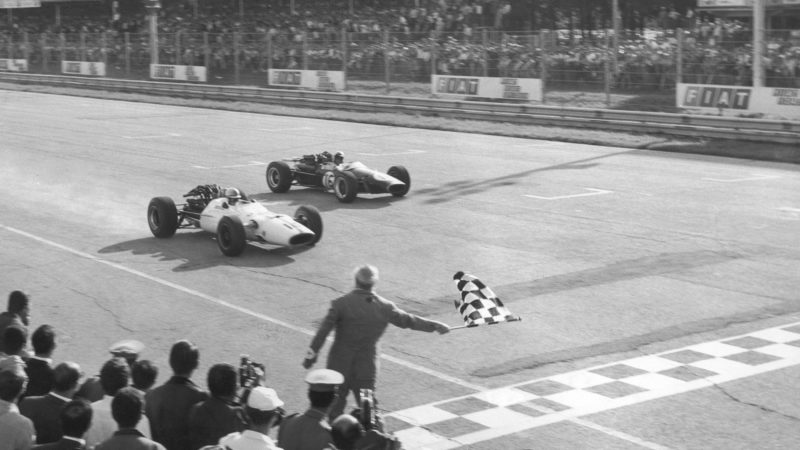
John Surtees pipping Jack Brabham to the line at Monza, 1967
Keystone/Hulton Archive/Getty Images
Think of F1 flat-out and most likely it will be Monza that springs to mind – it isn’t called the Temple of Speed for nothing.
